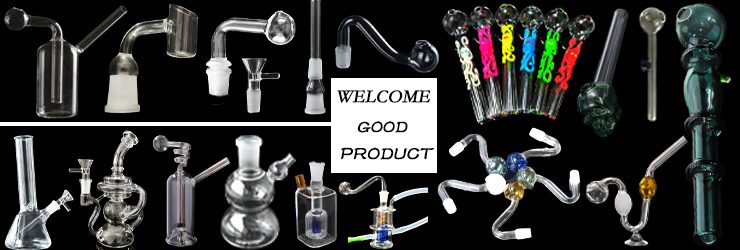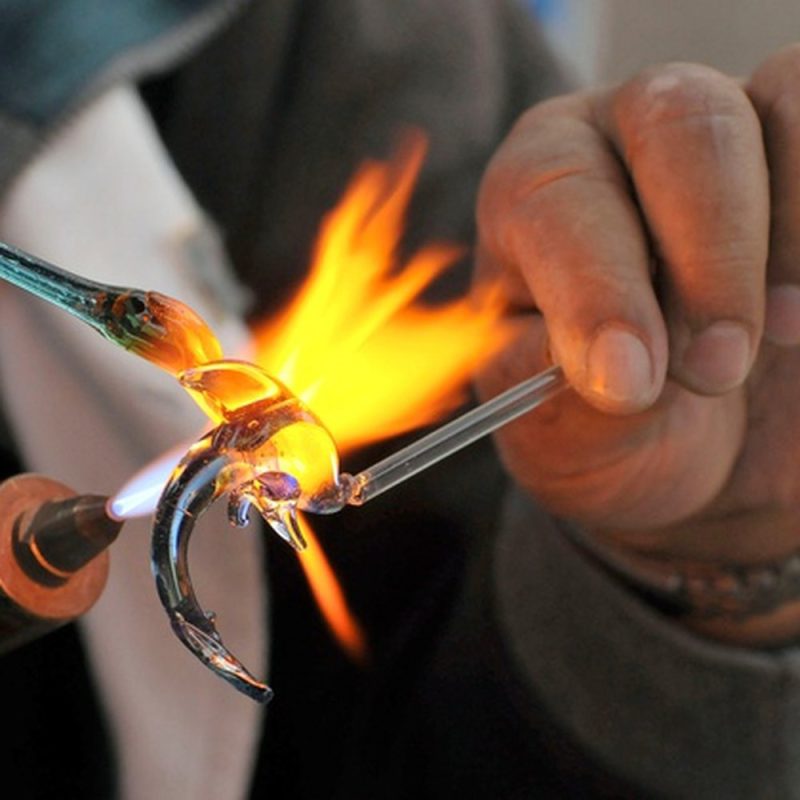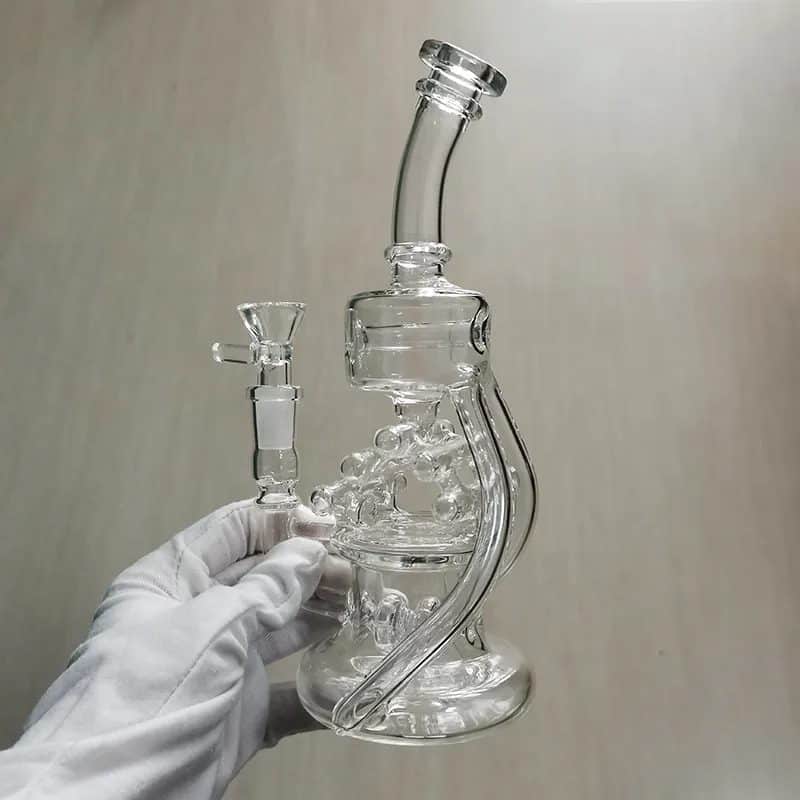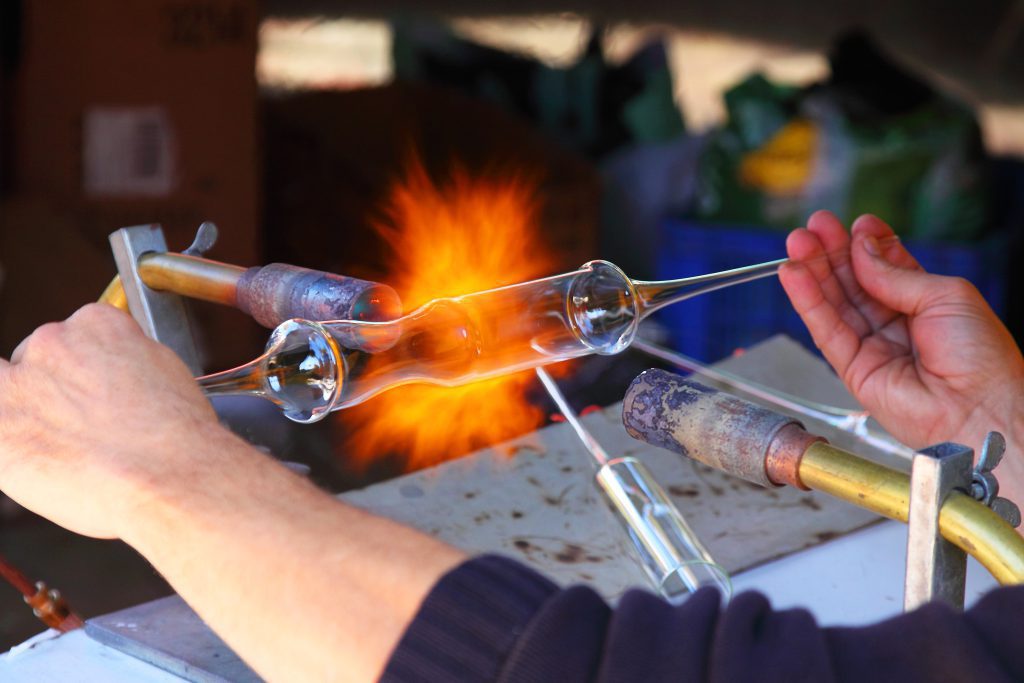Blog
Exploring Cultural and Legal Dimensions of Glass Pipes

Glass pipes, while often celebrated for their artistic beauty and functional design, exist within a complex web of cultural and legal considerations. Beyond their role as smoking accessories, glass pipes intersect with broader societal issues, ranging from freedom of expression to drug policy. Let’s delve into the cultural and legal dimensions surrounding glass pipes:
Cultural Significance: Glass pipes have deep cultural roots, spanning centuries and continents. From ancient rituals to modern subcultures, these pipes have played a variety of roles:
- Ritual and Tradition: In many cultures, smoking herbs from pipes has been a ritualistic practice, symbolizing communion with nature, spiritual enlightenment, or social bonding. The act of passing a pipe among friends or family carries with it a sense of tradition and camaraderie.
- Artistic Expression: Glass pipes are celebrated as works of art, with skilled artisans pushing the boundaries of creativity and craftsmanship. Each pipe reflects the unique style and vision of its creator, serving as both a functional tool and a visual masterpiece.
- Counterculture Iconography: Throughout history, glass pipes have been embraced by countercultural movements as symbols of rebellion and nonconformity. From the beat poets of the 1950s to the hippie culture of the 1960s and beyond, pipes have been associated with alternative lifestyles and anti-establishment sentiment.
Legal Considerations: The legality of glass pipes is a topic of ongoing debate and regulation, influenced by various factors including drug policy, public health concerns, and individual rights:
- Drug Paraphernalia Laws: In many jurisdictions, the sale and possession of glass pipes are subject to drug paraphernalia laws, which aim to regulate the use of items associated with drug consumption. These laws vary widely by location and can impact the availability and distribution of glass pipes.
- Harm Reduction: Advocates for drug policy reform argue that glass pipes play a role in harm reduction by providing a safer alternative to other methods of substance consumption, such as smoking or injection. They emphasize the importance of access to clean, well-made pipes in reducing the risk of injury or disease transmission.
- Civil Liberties: The legality of glass pipes also intersects with broader questions of civil liberties and individual rights. Advocates argue that adults should have the freedom to make their own choices regarding the use of legal substances, including the purchase and possession of smoking accessories.
- Public Health Concerns: On the other hand, opponents of glass pipes raise concerns about public health and safety, particularly regarding underage use and substance abuse. They argue that stricter regulations on the sale and distribution of glass pipes are necessary to mitigate these risks and protect vulnerable populations.
Glass pipes are not just objects; they are symbols of cultural expression, artistic creativity, and legal debate. As society grapples with questions of tradition, freedom, and public health, the role of glass pipes remains complex and multifaceted. Whether celebrated as works of art or scrutinized as potential hazards, these pipes continue to occupy a unique and contested space in our cultural landscape.
 Glass Oil Burner Pipes
Glass Oil Burner Pipes Glass Oil Burner Bubbler
Glass Oil Burner Bubbler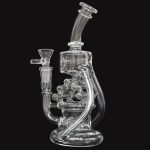 Bongs
Bongs
 Smoking Accessories
Smoking Accessories Glass Hand Pipes
Glass Hand Pipes





